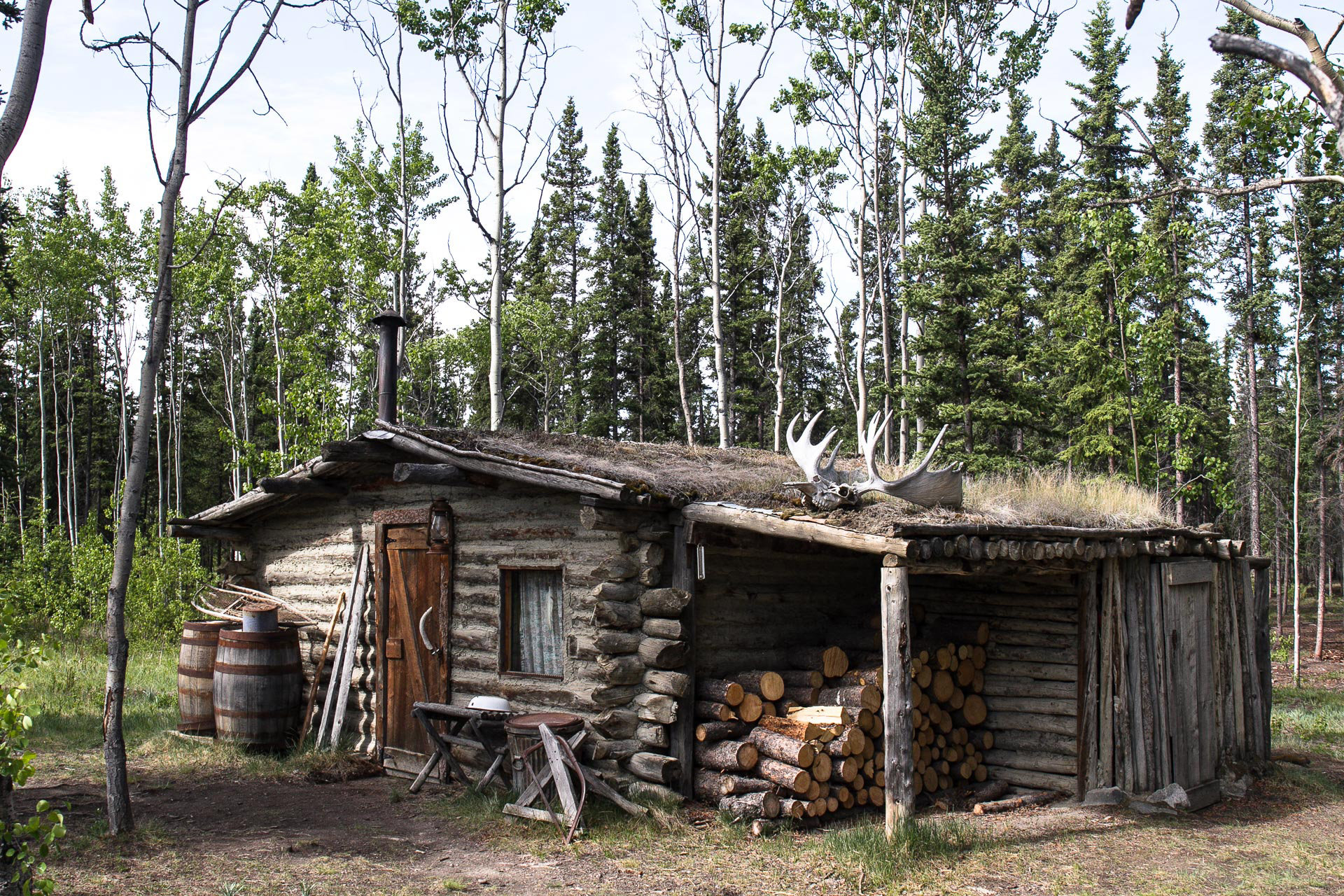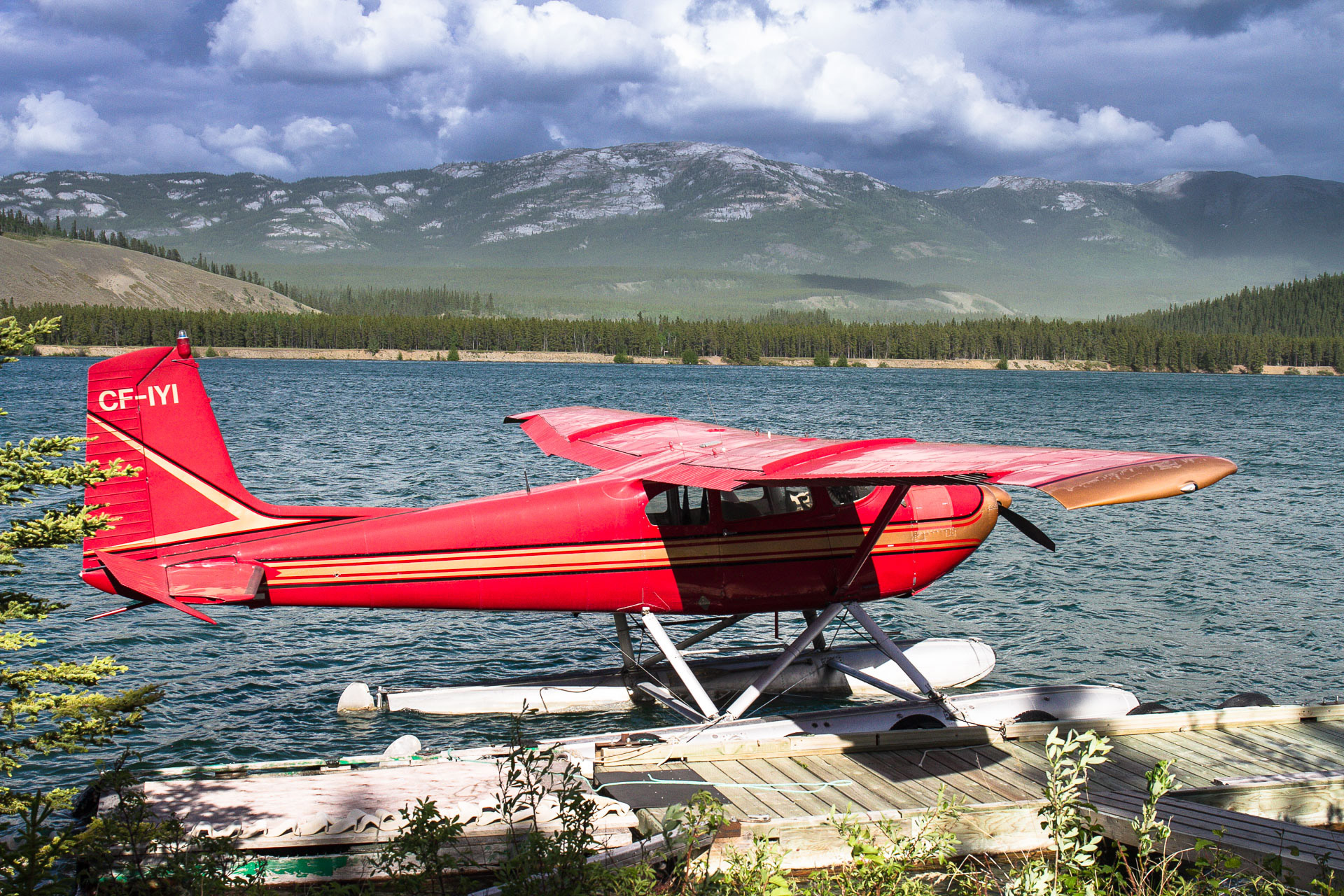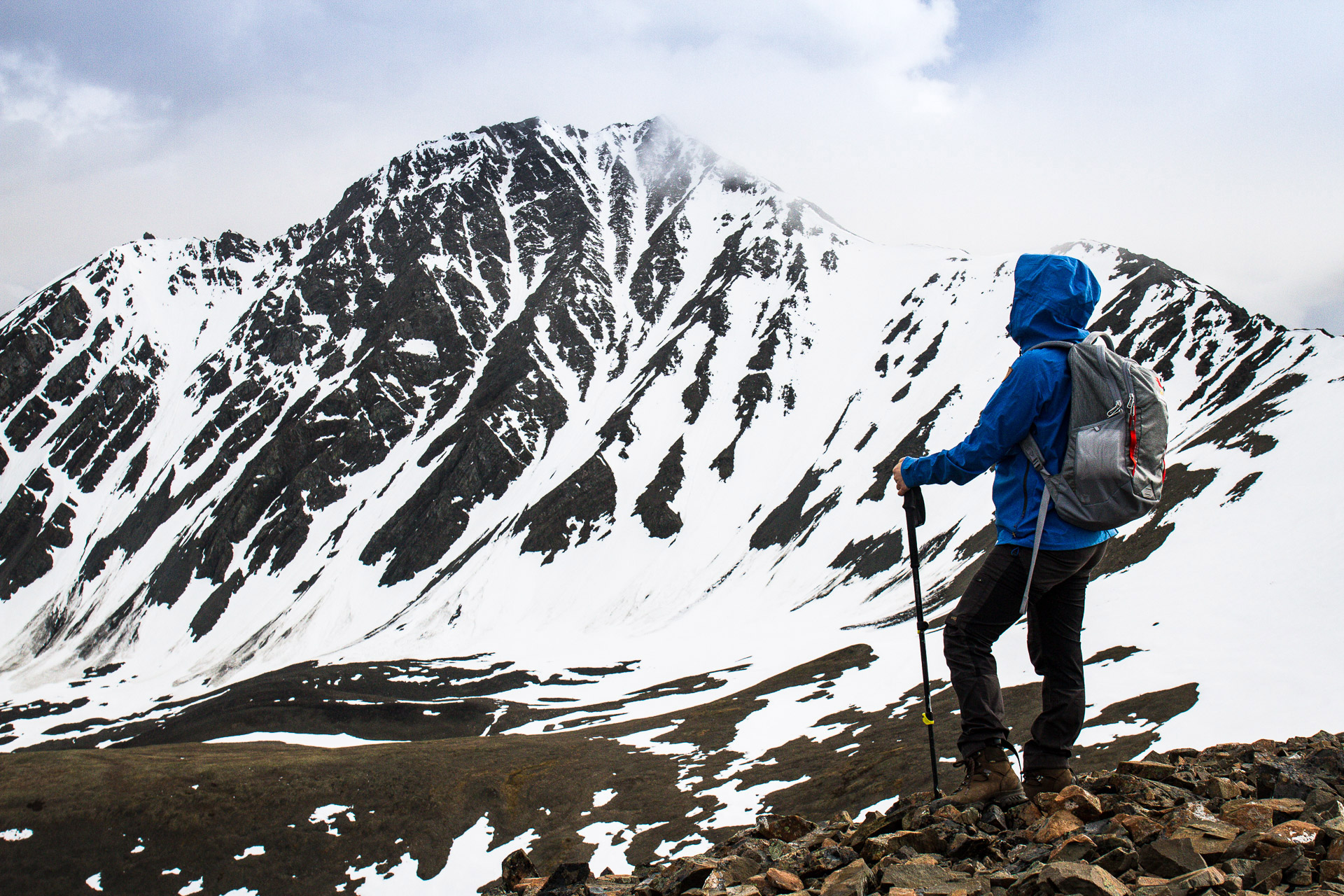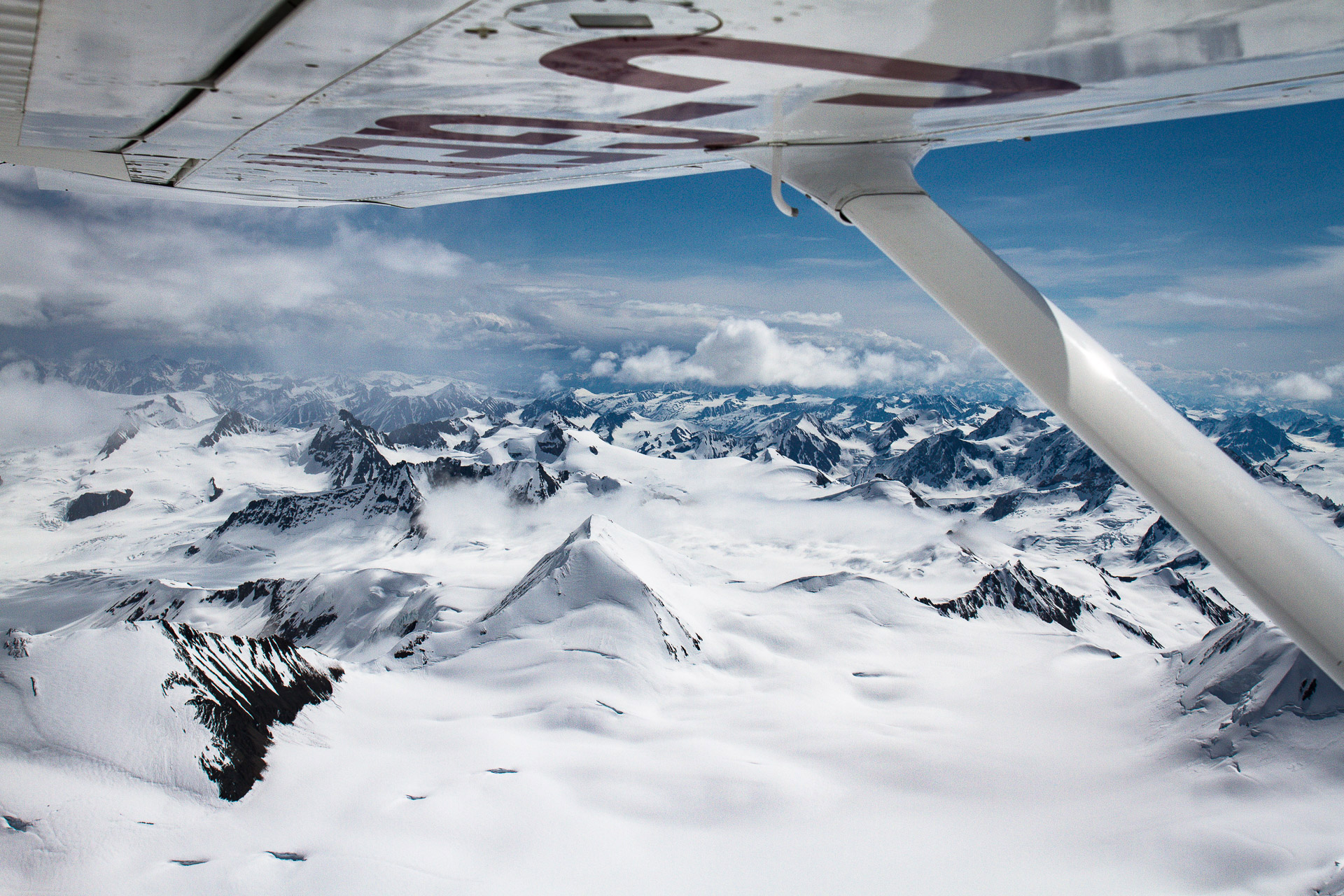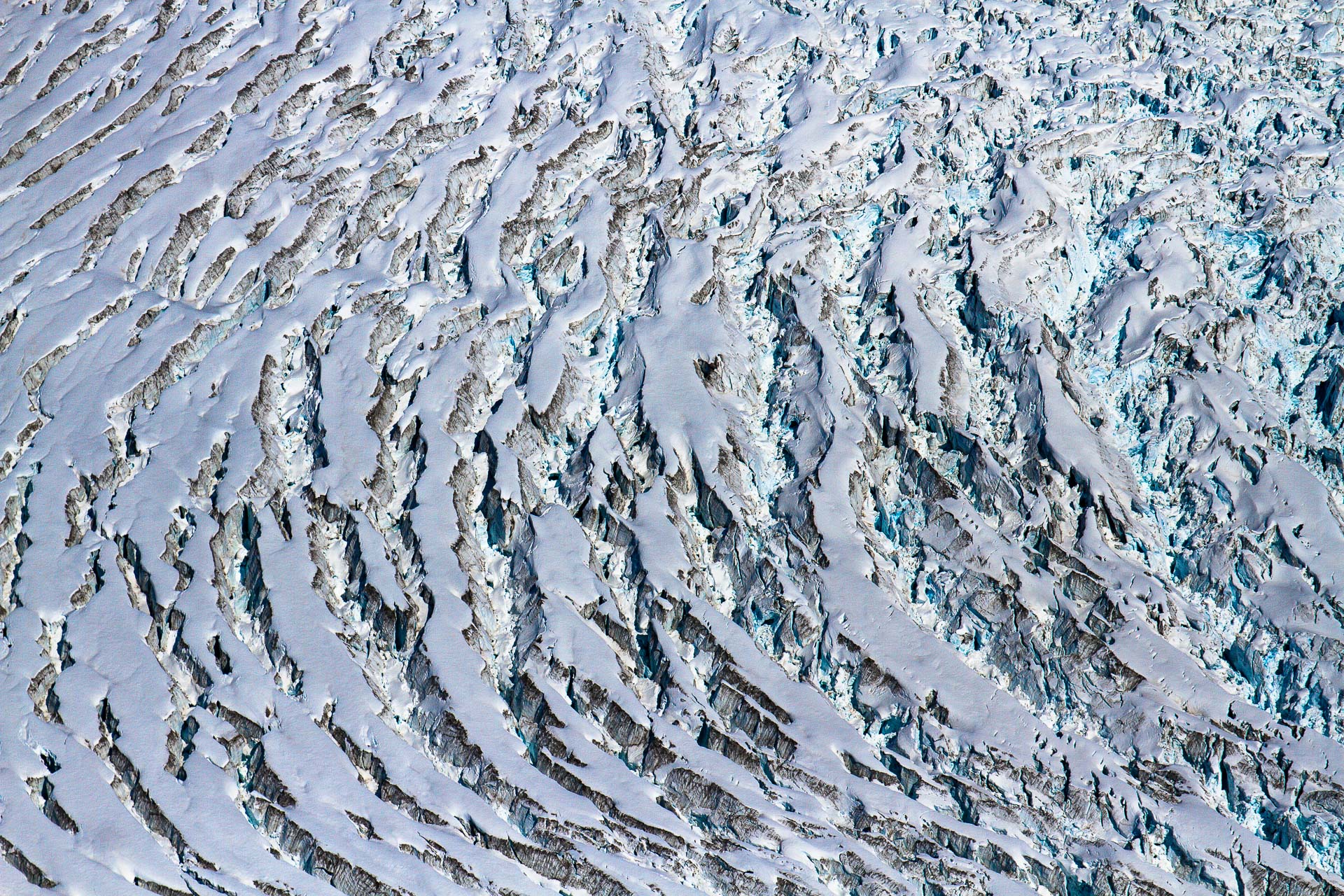Featured Images by Tristan Kennedy
In the cult 1980s American strip cartoon, Calvin and Hobbes, there’s an extended story arc which sees six-year-old Calvin and his stuffed tiger attempt to “secede” from their family, and run away forever. Their choice of destination? Yukon. It’s a place where, Calvin dreams, they’ll be able to live wild, befriend timber wolves, and never have to clean their room again. They never make it, of course. Just twenty minutes from home, the carefully-plotted expedition falls apart when Hobbes mutinously steals ‘the commander hat’, and tries to eat their last sandwich. But having succeeded where they failed, and made it as far as Yukon’s Kluane National Park, it’s easy to see why Calvin (and his creator, cartoonist Bill Watterson) would chose this as the place to come in search of unbridled freedom.
“About 37,000 people currently call Yukon home – that’s roughly one-quarter of the population of Slough, living in an area the size of Spain”
From our 1,990m-high vantage point at the top of King’s Throne peak, the visible landscape is almost inconceivably vast. On one side, snow-capped peaks jostle for position, each ridge higher and more jagged than the last. Below us lies Kathleen Lake, and the cluster of tents we’ve climbed up from. Follow the road north from there and you can just about make out Haines Junction (population 613), but beyond that there’s… nothing. Just endless miles of virgin, boreal forest, stretching as far as the eye can see, broken only occasionally by a rocky ridgeline, a marshy clearing, or the glacial blue of a meltwater river.




